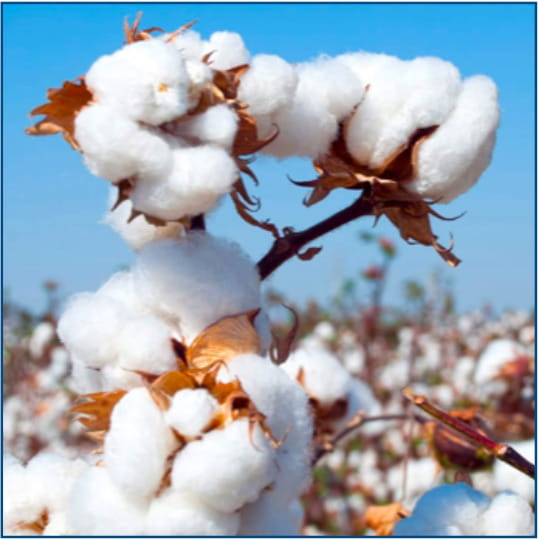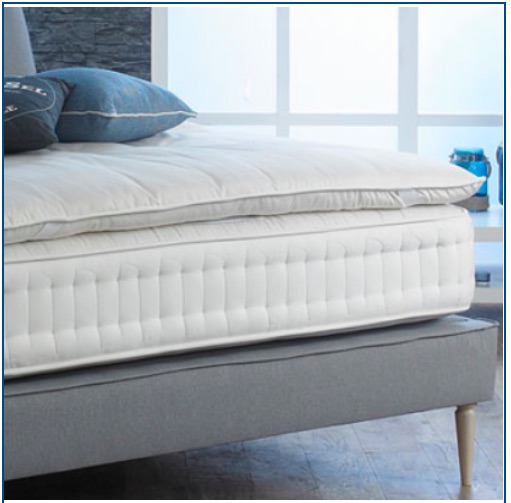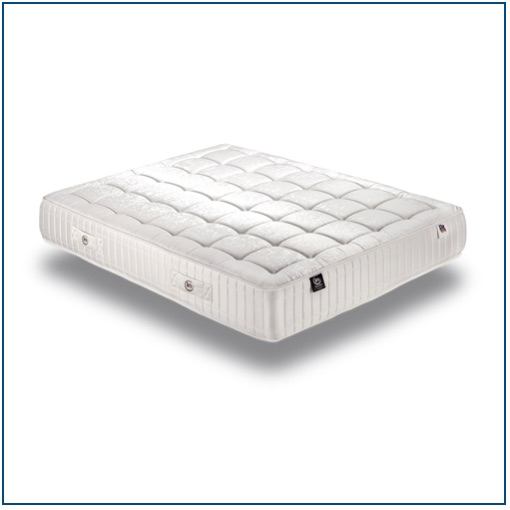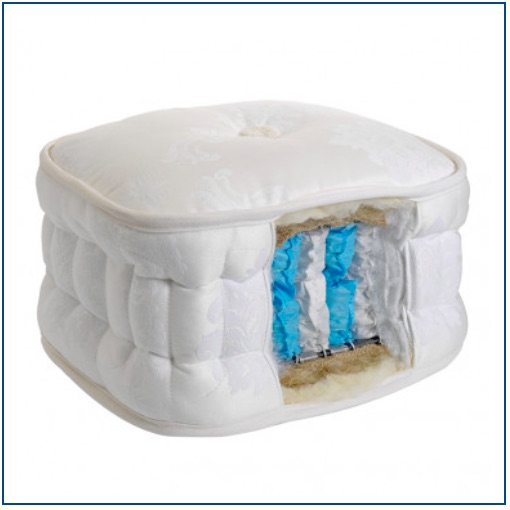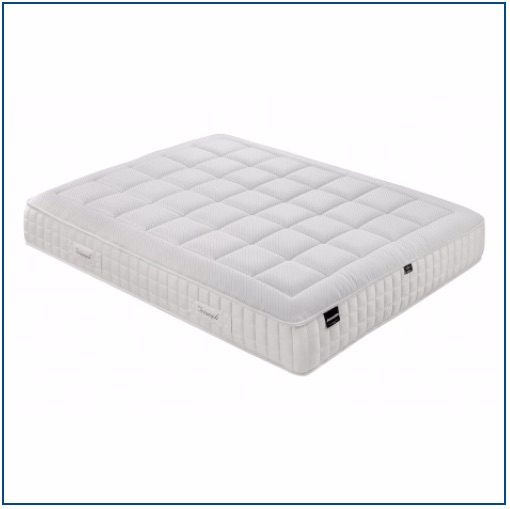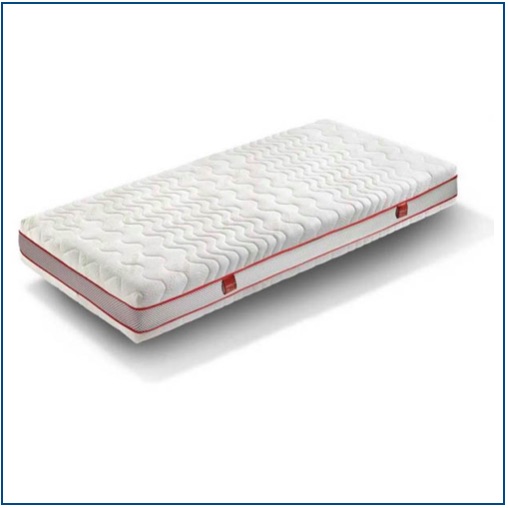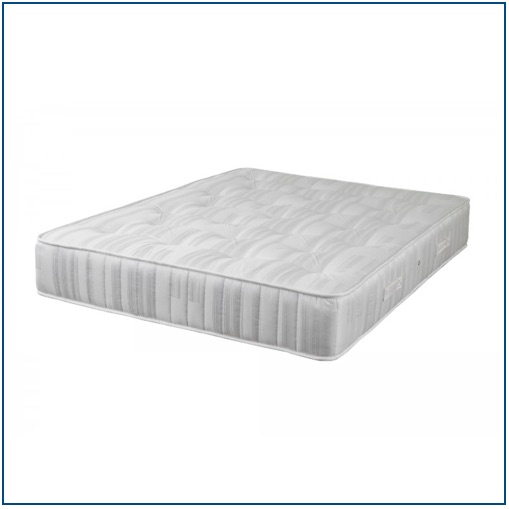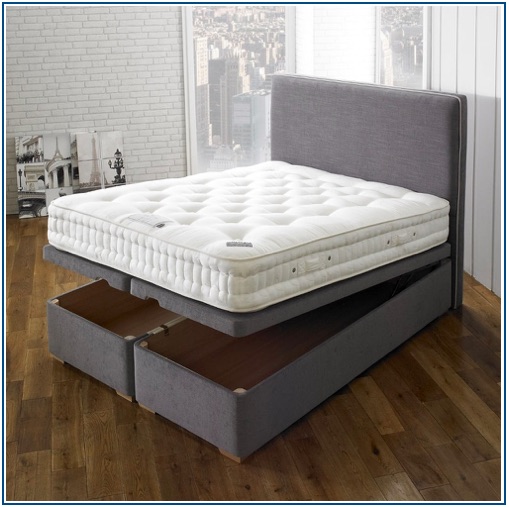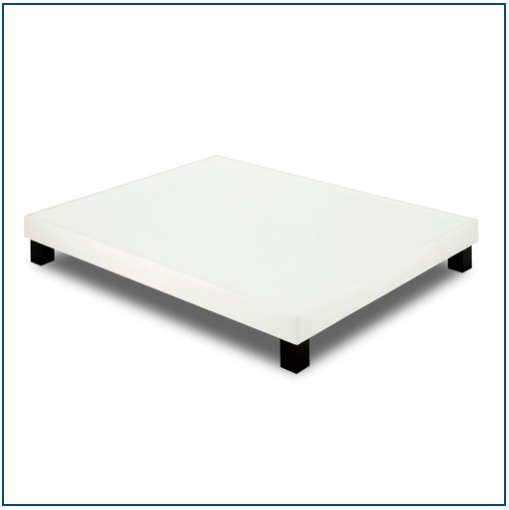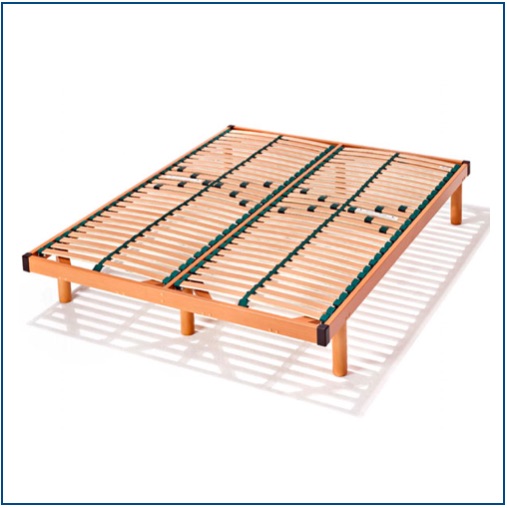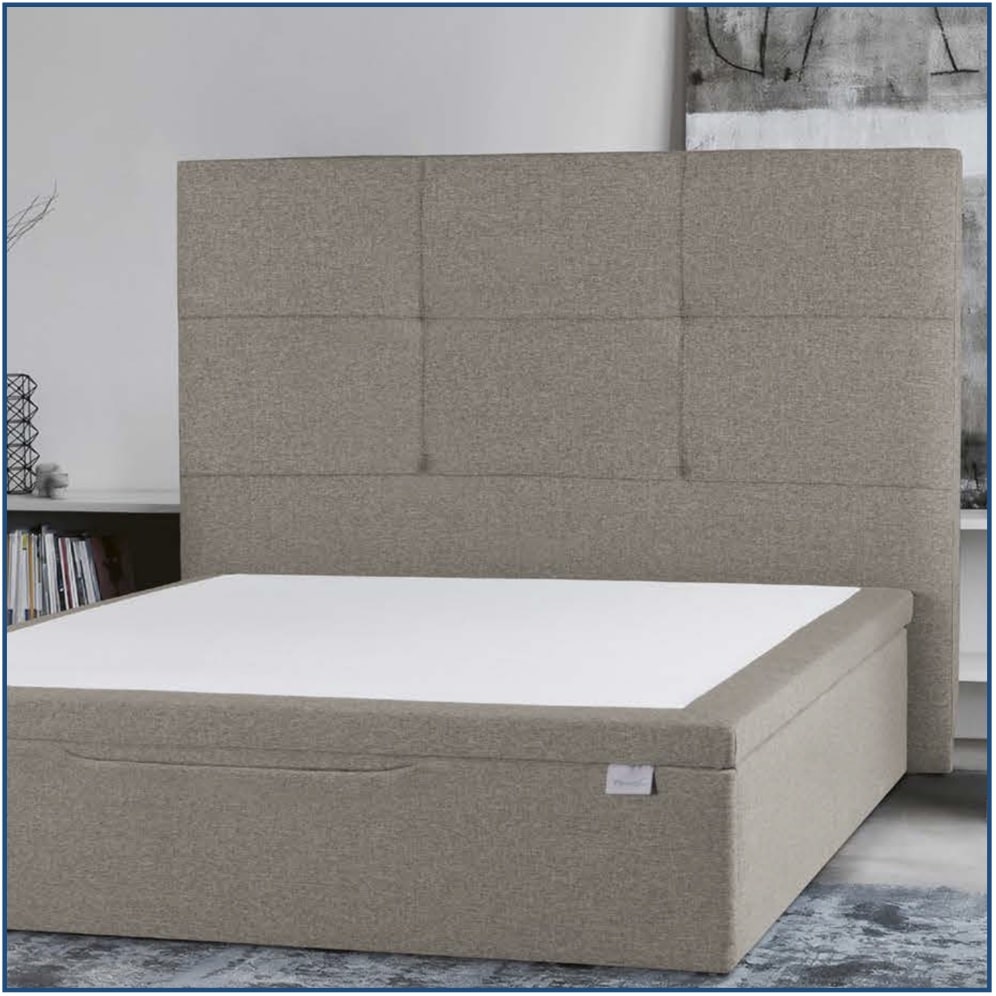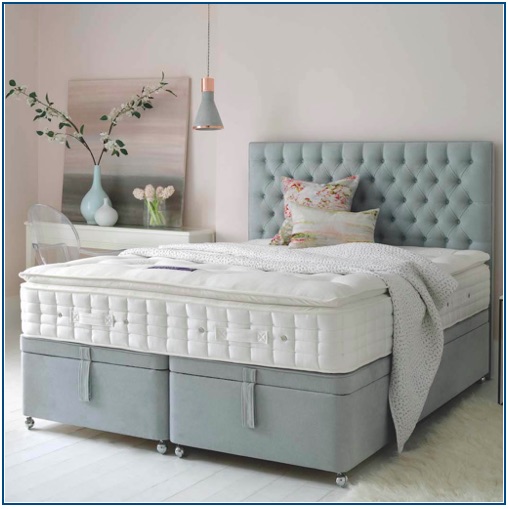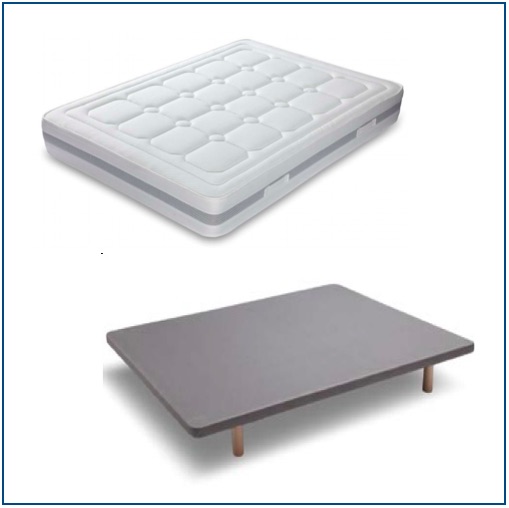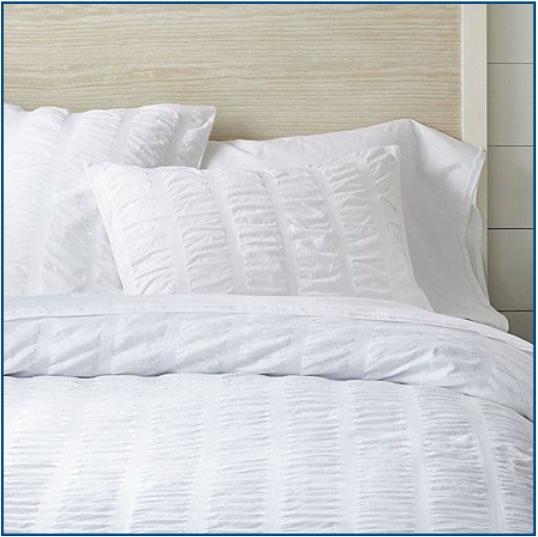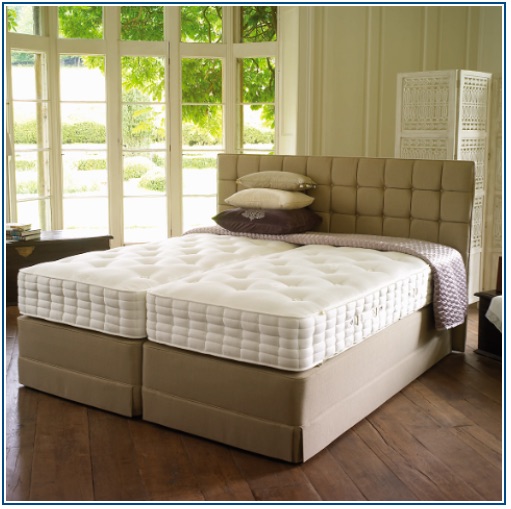It seems as though every summer gets a little bit hotter. This year the nights are very hot indeed and in many cases this can lead to us perspiring in bed. Sheets and pillow cases can be thrown into the washing machine without another thought but what about the pillows?
Did you know that your pillow is decisive for a good night’s sleep? We imagine you do, but today we are not going to focus on what the ideal pillow should be like. In this post we are going to talk about the correct hygiene and maintenance of the pillow, as numerous studies, such as this one from the University of Manchester, confirm that a large number of microorganisms accumulate in it that can affect our health, especially those who suffer from allergies.
To prevent the proliferation of bacteria and dust mites, in addition to changing pillow cases regularly, it is necessary to wash them properly. But do you know how and how often to wash them?
How to wash a pillow
Check the manufacturer’s washing instructions, the different icons will show you if it can be washed and the most suitable type of cleaning depending on its composition.
In addition to washing your pillowcase and sheets weekly, it is important to wash your pillow at least twice a year. But before you start the process, it is essential that you take into account certain aspects in order to get a good result.
First of all, make sure that the pillow does not have any damage or tears where the filling can come out during washing.
Most pillows can be washed, but depending on the composition of their core (latex, viscoelastic, feathers or synthetic), the care and cleaning will be different. Let’s look at each type of pillow one by one.
Washing a viscoelastic pillow
This type of pillow cannot be washed because if it gets excessively wet, the viscoelastic loses its adaptability and memory effect. However, it is recommended that you regularly wash the protective cover. Nonetheless, it is inevitable that on certain occasions a more thorough cleaning is required. In this case, you will have to do it manually.
- Prepare a large bowl with warm water and a neutral soap.
- Dampen a clean cloth (wring it out well) and rub the pillow in a circular motion.
- Dry thoroughly with a clean towel.
- Place the pillow on a flat surface in the shade to facilitate drying (better if it is in the open air). Before using it again, make sure it is completely dry to avoid mould and odours.
Washing a latex pillow
Except for hypoallergenic latex pillows that do not need to be washed, these pillows are machine washable.
However, although the manufacturer’s instructions allow for a machine wash, we suggest that you clean them manually to prevent the latex from losing its properties prematurely. Nevertheless here are the two methods:
Machine washing
If your pillow allows it and you go for this option, in addition to following the manufacturer’s instructions, we recommend you follow these small tips for proper cleaning.
- Use a cold water programme and a liquid detergent for delicate garments to prevent residue from being deposited on the pillow’s core.
- Incorporate small items in addition to the pillow or washing balls to avoid damaging the pillow.
- To remove all soap residue, run the rinse cycle twice in succession.
- Air dry on a flat surface in the shade.
Manual washing
- Fill a large bowl with cold water and add a little liquid detergent for delicates.
- Immerse the pillow and wash gently (without rubbing). Avoid prolonged soaking
- Rinse with plenty of cold water to ensure that no soap residue remains.
- Remove as much excess water as possible, air dry (preferably in the shade) and lay flat to dry.
Washing feather and synthetic pillows
Both can be washed without any problems in the washing machine and share the same washing instructions, for a perfect result.
- Use liquid detergent for delicates.
- Choose a programme for delicate clothes and a maximum temperature of 40 degrees.
- Add a pair of washing balls to the drum of the washing machine to prevent loss of volume. Alternatively, you can use a pair of tennis balls wrapped in socks or stockings.
- Choose a gentle spin cycle.
- Although machine drying is possible (on a cold or low temperature drying programme), we recommend that you air dry them horizontally and in the shade. In the case of feather pillows, it is advisable to plump up the filling from time to time to prevent the feathers from clumping.
How to remove stains from pillows
Despite regularly changing the pillowcase, it is inevitable that unpleasant yellow stains will appear on your pillow, mainly caused by perspiration, saliva and hair grease. In these cases, to restore your pillow to its original appearance, follow the steps below.
- Before washing your pillow, prepare a bowl of water and dissolve a little neutral detergent in it. If the pillow is very yellow, you can add a little bleach or sodium bicarbonate to the water to make it easier to restore the original white.
- Gently rub the stains with a well-wrung sponge or a clean, damp cloth.
- Wash your pillow, depending on its material, following the instructions above.





















